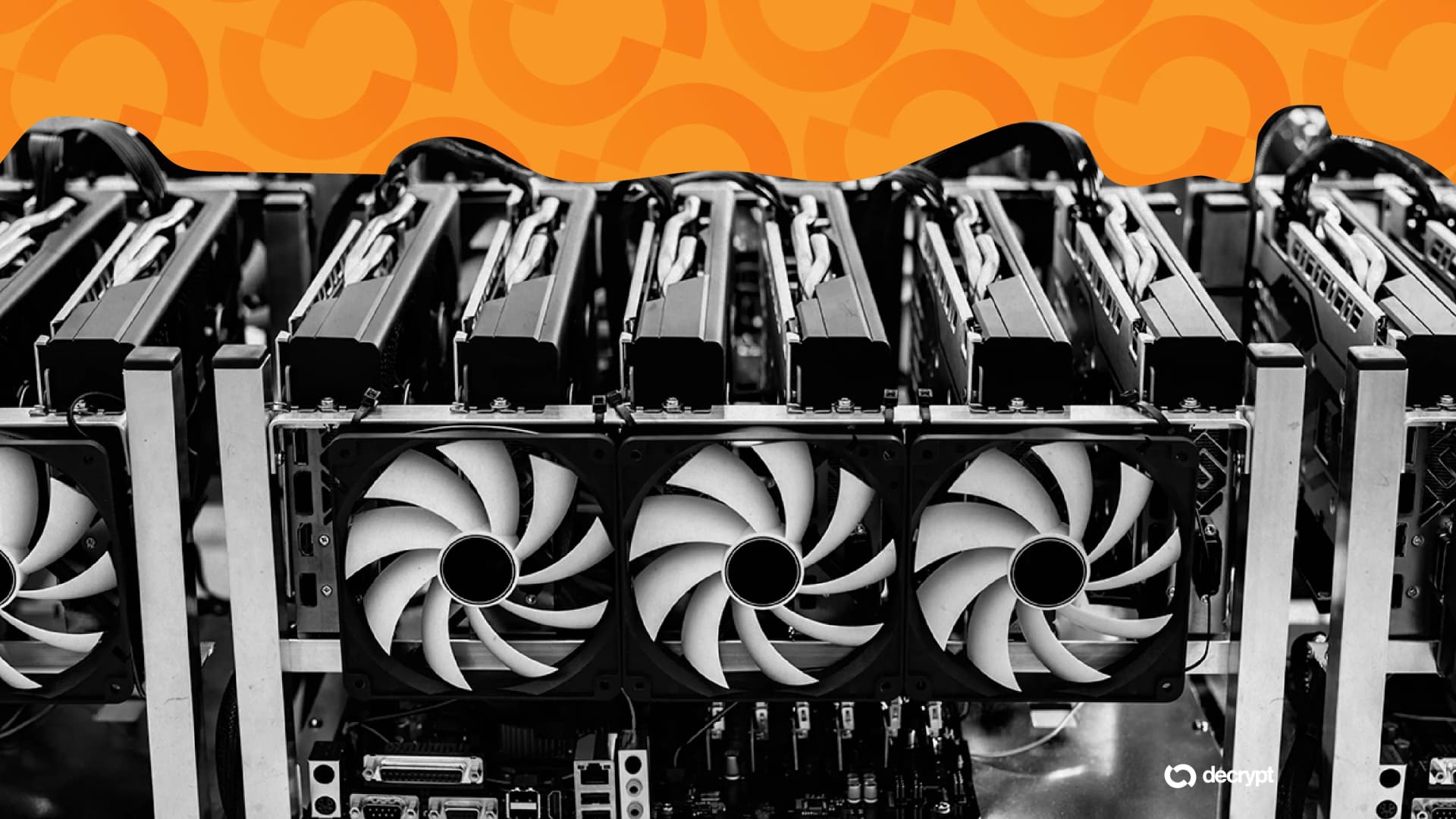Bitcoin Mining Stocks Jump as Crypto Market Continues Historic Rally

News Summary
Bitcoin recently surpassed $126,000, establishing a new all-time high amidst a historic cryptocurrency rally. Concurrently, publicly traded Bitcoin mining companies, including HIVE Digital, Marathon Digital (MARA), CleanSpark, and Riot Platforms, have seen their stock prices rise even faster, with HIVE leading with a 25% jump. This surge is largely attributed to what experts call the 'debasement trade,' where investors seek to hedge against perceived global currency weakening, exacerbated by a U.S. government shutdown and an anticipated October interest rate cut by the Federal Reserve. The dollar index has notably suffered its worst first half since the early 1970s, coinciding with President Donald Trump's intensified trade war. Miners are increasingly viewed as more than just Bitcoin proxies; they are seen as owners of scarce infrastructure like power contracts and grid access, and are diversifying revenue streams, including through high-powered computing for AI. This optionality, coupled with some miners holding onto their mined BTC, gives them a distinct edge, especially as Bitcoin continues its ascent and U.S. Bitcoin ETFs attract record inflows.
Background
Currently, global investors are closely monitoring market dynamics driven by U.S. policies and macroeconomic factors. The Federal Reserve's anticipated monetary policy, particularly the potential October interest rate cut, alongside an ongoing U.S. government shutdown, has introduced significant market uncertainty. Against this backdrop, investors are increasingly turning to alternative assets perceived as stores of value to hedge against global currency debasement and geopolitical headwinds. The administration of President Donald Trump, re-elected in 2024, has continued its aggressive trade war strategy, contributing to the dollar index's worst first half performance since the early 1970s. This macroeconomic environment significantly fuels interest in the "debasement trade," driving capital towards Bitcoin, gold, and other cryptocurrencies and precious metals, thus intensifying their rallies.
In-Depth AI Insights
What are the deeper reasons behind mining stocks outperforming Bitcoin, and what does this signify about investor perception of the industry? - Mining stocks' outperformance suggests a market re-evaluation of miners' value proposition beyond mere cryptocurrency proxies. - Investors now perceive them as companies owning scarce energy infrastructure (power contracts, land, grid access, cooling capacity), assets that become highly valuable during crypto bull runs and with growing AI computing demand. - Miners' enhanced "optionality" through diversifying computing power for AI services and strategically holding mined BTC offers leveraged exposure to multiple growth drivers. How does the "debasement trade" narrative interact with current U.S. economic policy and geopolitical trends under the Trump administration in 2025? - The Trump administration's continued trade war strategy and its indirect impact on the dollar reinforce the perception of global currency "debasement," pushing investors toward non-sovereign assets. - The U.S. government shutdown and anticipated Fed rate cut further erode confidence in traditional financial stability, driving capital towards hedge assets like Bitcoin. - This environment underscores Bitcoin's role as "digital gold" for hedging against geopolitical uncertainties and traditional monetary policy risks, contrasting sharply with a weakening dollar trend. What are the potential risks or overlooked factors for investors betting on Bitcoin miners' "optionality"? - While the AI revenue potential for miners is enticing, their reliance on compute deployment and competitiveness in the AI market might be over-optimistically priced, facing risks of technological obsolescence and market volatility. - The stability of energy costs and regulatory environments is crucial; power contracts and grid access can be affected by local policy changes or energy price shocks. - Miners holding BTC, while offering upside, also exposes them directly to cryptocurrency price volatility, posing liquidity management challenges during sudden market corrections.